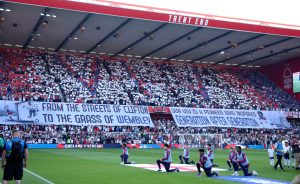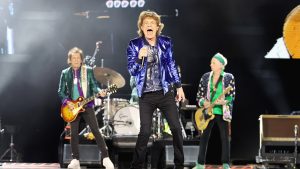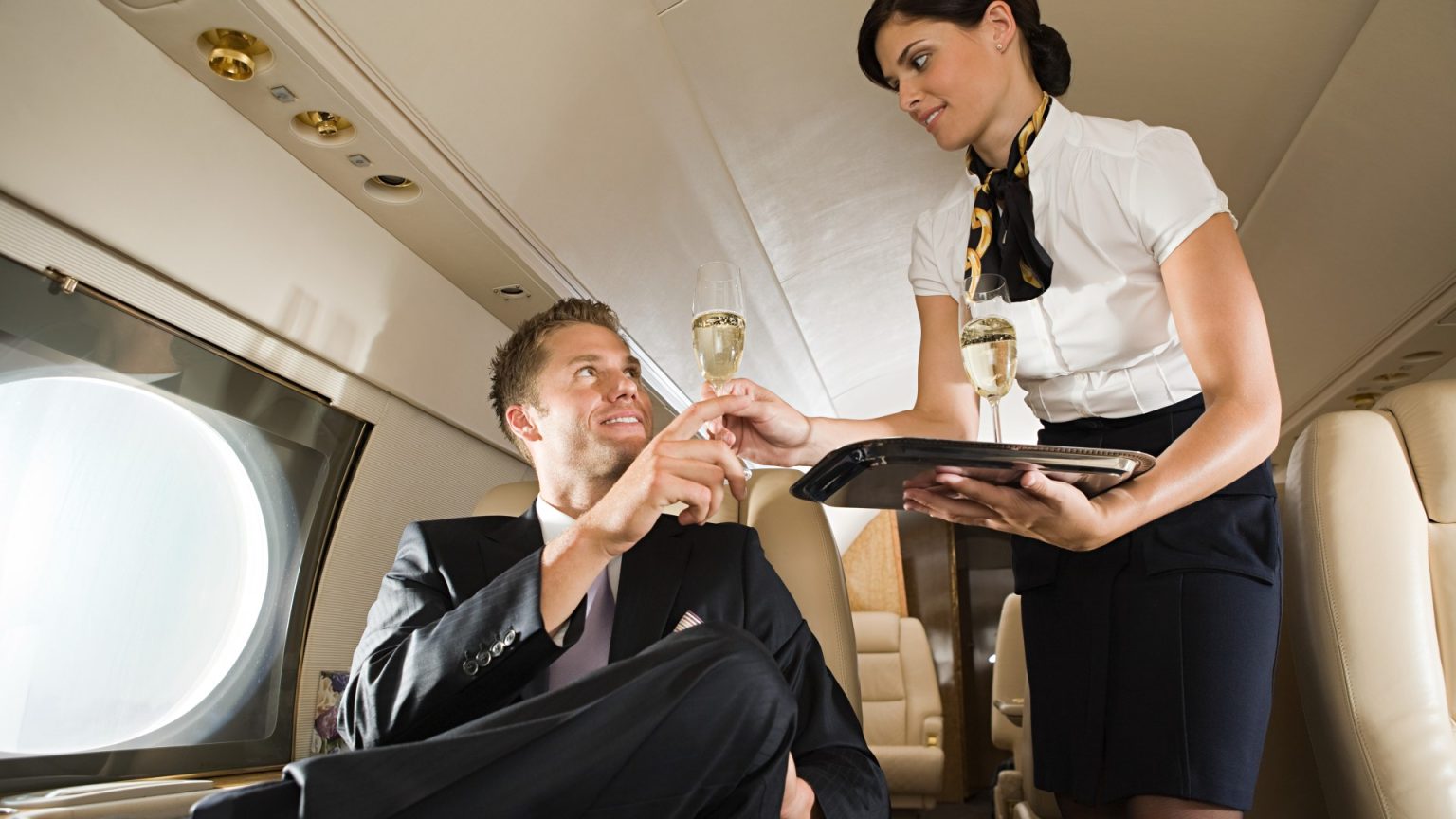In the mid-20th century, a bygone era of air travel witnessed a peculiar phenomenon: men-only flights. United Airlines, a prominent American carrier, introduced a service dubbed “The Chicago Executive,” marketed as “A Club in the Sky for Men Only.” This exclusive route operated between New York and Chicago, catering specifically to businessmen commuting between these major cities. Launched in 1953, the flights embodied the prevailing social attitudes of the time, reflecting a stark contrast to the contemporary landscape of air travel.
The experience aboard these flights was tailored to cater to the perceived needs and desires of the male clientele. Passengers were treated to an array of amenities designed to enhance their comfort and relaxation, including complimentary cigars, steaks served as part of their in-flight meals, and a selection of business magazines to peruse during the journey. The aircraft were even equipped with desks, allowing the businessmen to continue working during the flight, and slippers were provided to promote a sense of ease and informality. This curated atmosphere aimed to create a “smoking-car” ambiance, a space where men could freely indulge in activities often restricted in mixed company.
Interestingly, while the passengers were exclusively male, the cabin crew was entirely female, further underscoring the gendered dynamics of the era. This setup, while seemingly paradoxical by today’s standards, was a reflection of the societal norms of the time, where specific roles were often assigned based on gender. The flights were marketed as a respite from the perceived demands of female company, a space where men could relax, unwind, and engage in traditionally masculine activities without constraints.
The rationale behind these men-only flights, as articulated by a United spokesperson in 1954, was not about segregation but rather about providing a “little luxury” for male passengers. The emphasis was on creating an environment where men could shed the formalities of their business attire, enjoy the freedom to smoke without objection, and engage in casual camaraderie with their fellow passengers. This justification, while reflective of the prevailing attitudes of the time, would be considered highly problematic and discriminatory in the present day.
Beyond the allure of a smoke-filled environment, another significant draw for passengers was the absence of children. Many businessmen valued the tranquility and quietude of the flights, viewing them as a sanctuary from the demands of family life. This preference for child-free travel highlights a generational shift in attitudes towards children and family dynamics in public spaces.
The men-only flights, despite their initial popularity, ultimately met their demise in 1970 after a 17-year run. The National Organization for Women (NOW), a prominent feminist advocacy group, staged protests against the discriminatory nature of the service, picketing the Chicago headquarters of United Airlines. While the airline officially attributed the cancellation to declining sales, the pressure from NOW undoubtedly played a significant role in the decision. The demise of the men-only flights marked a turning point in the airline industry, signaling a growing awareness of gender equality and a rejection of discriminatory practices. This historical episode serves as a reminder of the evolving social landscape and the ongoing struggle for equality in all aspects of life, including air travel.











